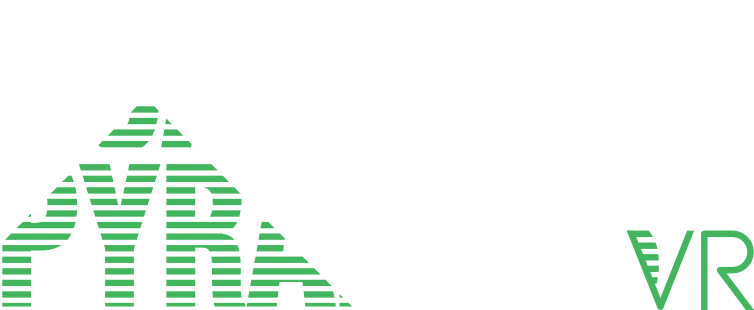
Emissive, an official member of the Scan Pyramids mission, is developing a virtual reality experience to visit the Khufu Pyramid and discover the latest findings in total immersion.
The virtual reality experience shows the field digs in an unprecedented way. The public can see the pyramid from different angles, at different heights from all the rooms, even ones not open to visitors.
The tour is guided by a member of the mission, who explains all the discoveries made by the scientific teams since 2015.
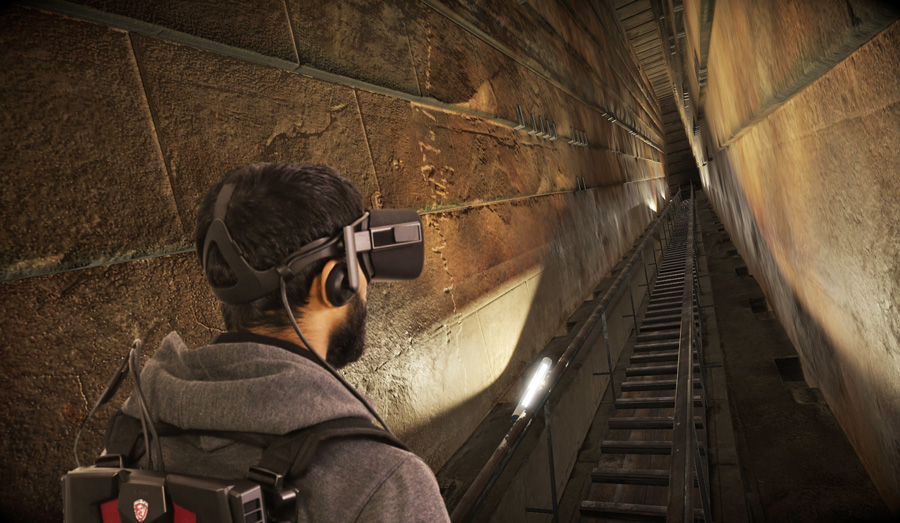
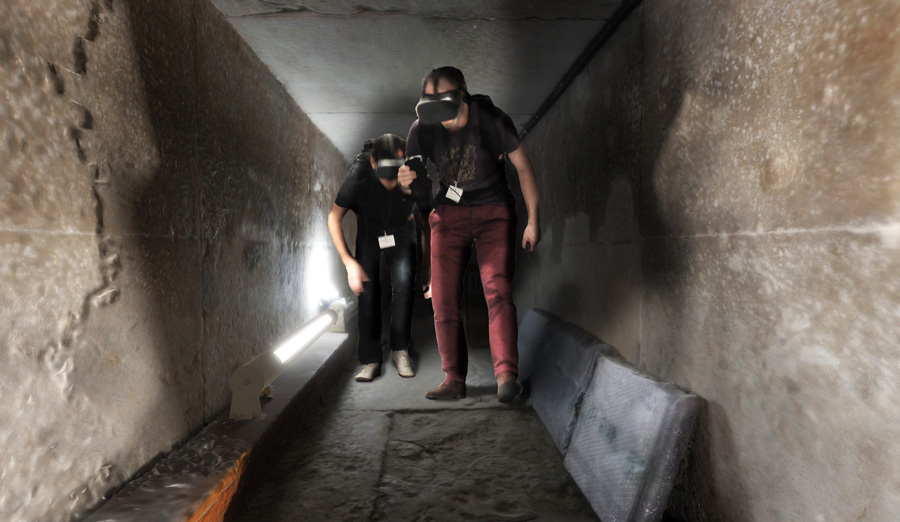
Immersion for culture
Equipped with a VR headset and a backpack, people wander in a 300m² (3220ft²) space following the guide. The scenario can be adapted to the available space, always providing total freedom of movement.
The realism of the virtual environment reproduced by Emissive is inspired from accurate sources, obtained through many trips to Egypt, reinforcing the feeling of being physically there.
The future of the exhibit
The setup can be easily adjusted depending on the available space and the flow of people simultaneously experiencing the virtual exhibition. Additionally, the content can always be updated and customized for each user.
Another experience based on this system and designed by Emissive, The Enemy, has been showcased in Paris and is now at the MIT Museum until end of December.
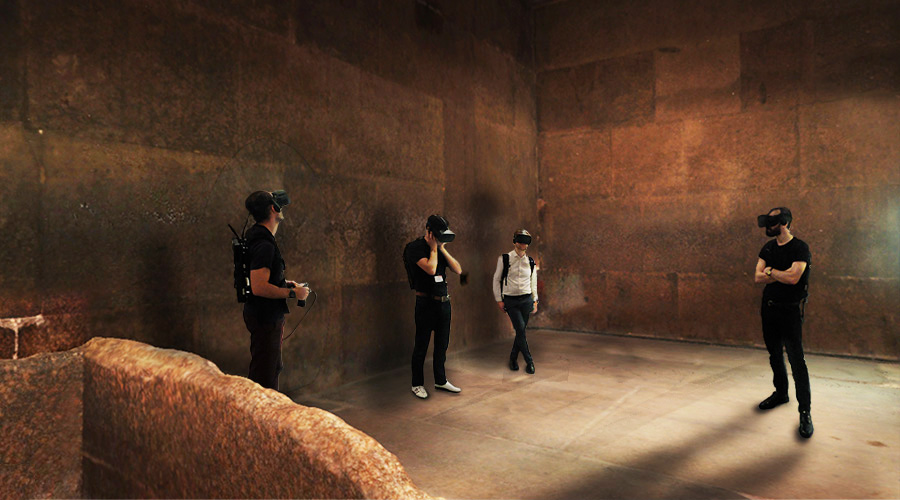
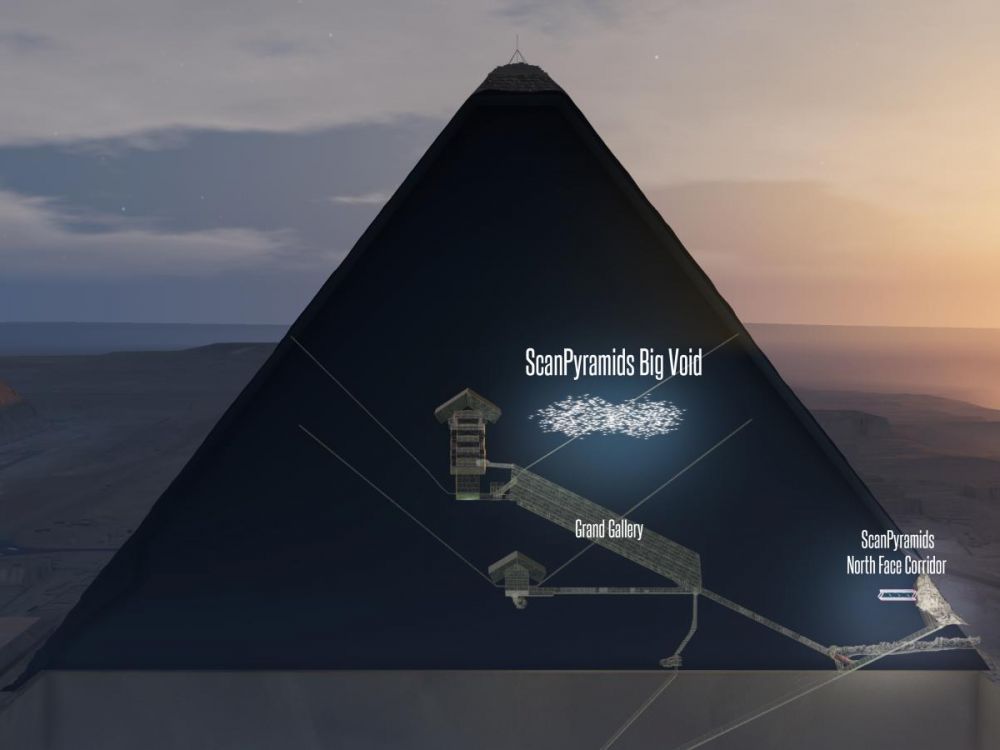
The mission
Many technologies, such as muons radiography and thermography were used to determine whether the re were unknown spaces within the monument. As of October 2016, the first discoveries were made in the Khufu pyramid, leading to a new major one in 2017: the big void in the upper side of the structure.